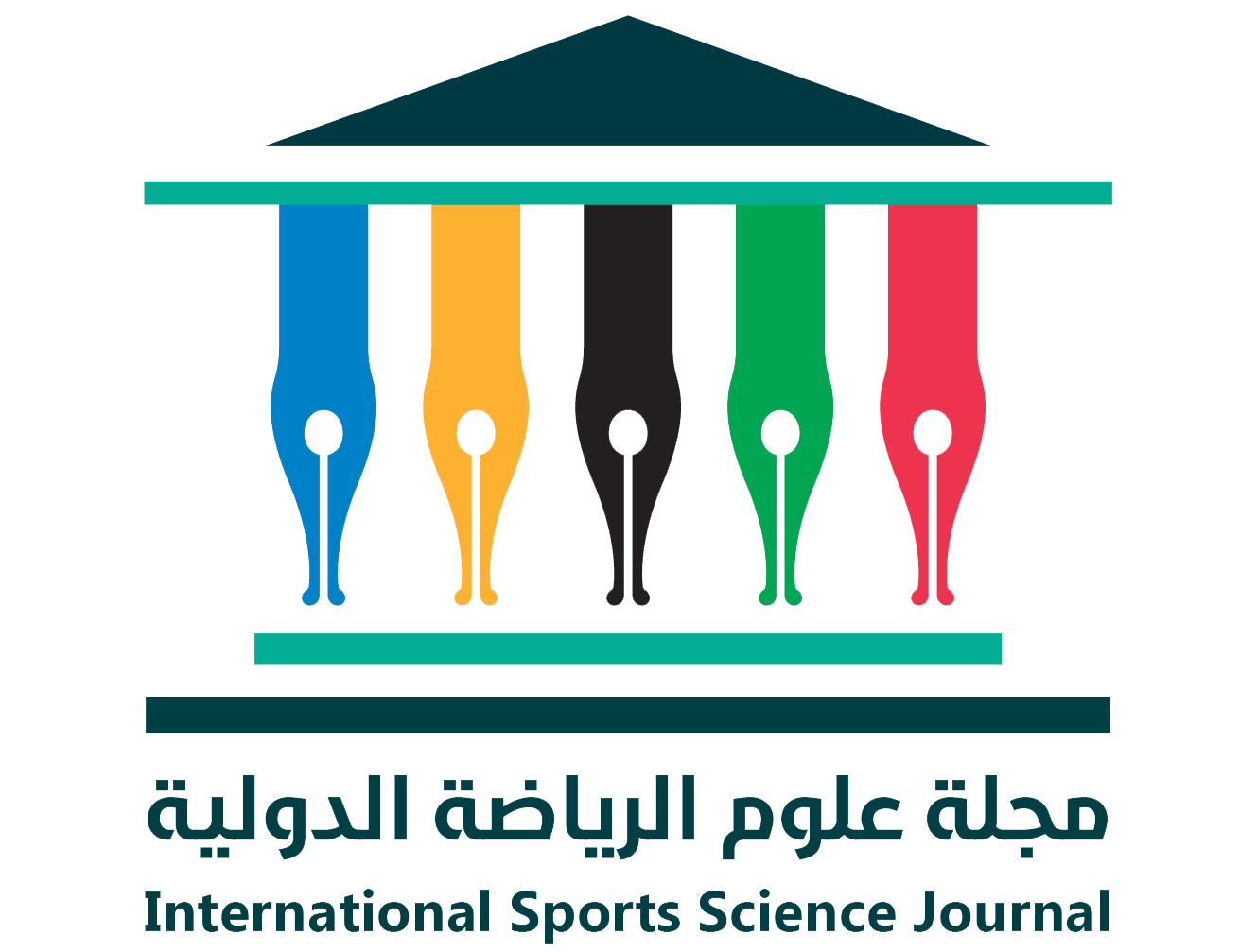The impact of specific preventive exercises on improving the performance of the 100-meter freestyle swimming for men in the 10S9-S category.
DOI:
https://doi.org/10.71377/x10ven02Keywords:
Preventive exercises, Achievement, Swimming (100 meters) freestyle, Category (10S9-S)Abstract
The research problem lies in the fact that swimming for the physically disabled is one of the most demanding activities for disabled athletes in terms of the significant strain placed on them during training or competitions. This is due to the resistance their bodies face in the water, which differs from the natural resistance in other activities, in addition to the loss of one of their limbs. Through field observations, investigations, and interviews with some coaches and athletes, as well as reviewing scientific sources, it was found that most physically disabled swimmers in the (10S9-S) category suffer from some injuries in the upper limb muscles, especially during the training period with increased training loads. Additionally, the use of crutches in their daily lives contributes to this issue. Therefore, it was necessary to study this problem by preparingSpecial preventive exercises aimed at improving and preparing the working muscles, especially the upper limb muscles, and attempting to reduce injuries by strengthening the muscle groups working on each joint of the upper limbs in a way that ensures the benefit of swimmers with physical disabilities from these prescribed exercises. The research aimed to prepare special exercises to prevent some upper limb muscle injuries to develop certain physical abilities and achieve a 100-meter freestyle swimming performance for men in the S9-S10 category, and to identify the impact of special exercises to prevent some upper limb muscle injuries to develop a 100-meter freestyle swimming performance for men in the S9-S10 category.The researchers used the experimental method with a single group and pre-test and post-test due to its suitability for the nature of the research. The research sample was intentionally selected and consisted of five swimmers from the Iraqi national team for physically disabled athletes in the 9S and 10S categories, all of whom had unilateral lower limb amputations, representing 100% of the original research community. Three of them were in the 9S category and two in the 10S category. The main conclusions were: 1. The reliance on preventive exercises represents one of the important pillars in sports in general and swimming in particular, as it provides complete protection for the athlete to perform exercises without fear of injury. 2. Developing the muscles of the arms, shoulder girdle, and trunk is necessary because the effort exerted by them is greater, considering that the deficiency in the lower limb will add additional burdens to the upper limb.
Downloads
Downloads
Published
Issue
Section
License
Copyright (c) 2025 International Sports Science Journal

This work is licensed under a Creative Commons Attribution-NonCommercial-ShareAlike 4.0 International License.










